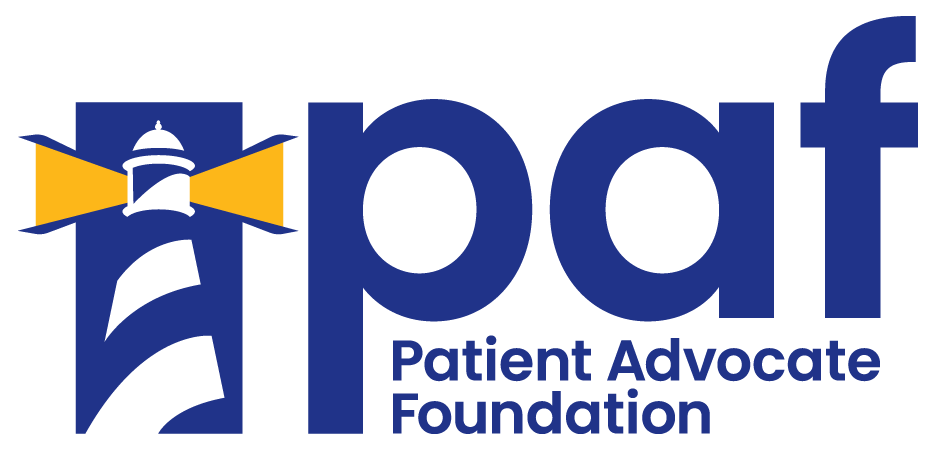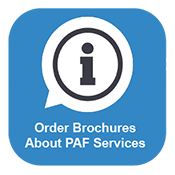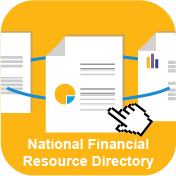Explaining Your Explanation of Benefits
Although most people have heard of an Explanation of Benefits, commonly referred to as an EOB, they may be unsure of what it means. After you’ve visited a doctor, clinic or hospital, you should receive an itemized list summarizing the services provided to you. This is sent to you by your insurance provider and explains what portion of your medical services your insurance will cover versus what portion you are responsible for paying.
An EOB is the result of a claims process; it is not a bill. If your medical service is part of your insurance provider network, the medical provider will send a bill to your insurance company to have your discount calculated. If there is another insurance company involved, for example, if you have supplemental insurance, the insurance companies will work together to determine which plan is responsible for the charges.
If your medical provider is not in network, they may send the bill straight to you if they do not send it to your insurance company. If the bill is sent to you, it is your responsibility to send the bill to your insurance company so they may review the claim to determine your benefits.
Your insurance company will then review the medical services you received to determine your benefits and send you an EOB for each subsequent claim submitted. Your EOB will likely identify:
- The patient name, date, and service provided,
- The amount charged by the medical provider,
- The amounts covered and not covered under your plan benefits,
- The amounts paid to your medical provider,
- The amount you are responsible for,
- Your total to-date deductible and out-of-pocket costs for the plan year.
It is important to review your EOB and compare it to your actual invoice to ensure you are being billed appropriately. Pay close attention to things like the amount owed, amount paid, and date of service.
Saving your EOB and related invoices for your personal records is incredibly important should you run into discrepancies in the future. Additionally, you may need to provide a copy of your EOB for any number of reasons including tax purposes, financial budgeting and any disputes you may run into.
Each EOB has your insurer’s contact information and your rights associated with the plan. If you ever have any questions about your EOB, this will be the best way to reach them.










